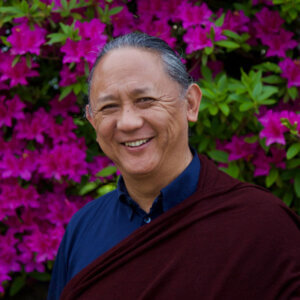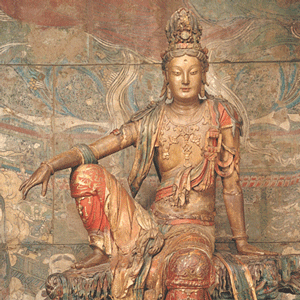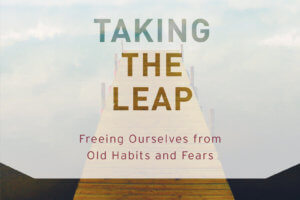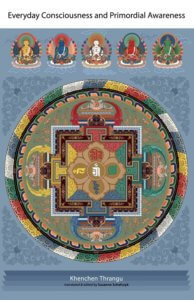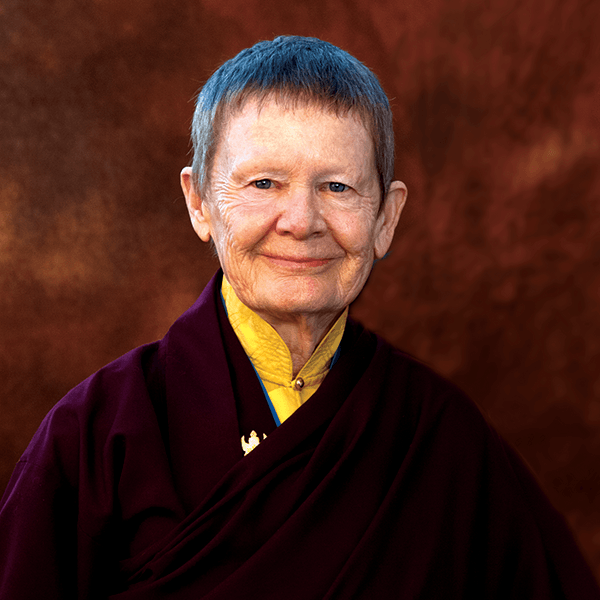
Pema Chödrön
Ani Pema Chödrön was born Deirdre Blomfield-Brown in 1936, in New York City. She attended Miss Porter’s School in Connecticut and graduated from the University of California at Berkeley. She taught as an elementary school teacher for many years in both New Mexico and California. Pema has two children and three grandchildren.
While in her mid-thirties, Ani Pema traveled to the French Alps and encountered Lama Chime Rinpoche, with whom she studied for several years. She became a novice nun in 1974 while studying with Lama Chime in London. His Holiness the Sixteenth Karmapa came to Scotland at that time, and Ani Pema received her ordination from him.
Pema first met her root guru, Chögyam Trungpa Rinpoche, in 1972. Lama Chime encouraged her to work with Rinpoche, and it was with him that she ultimately made her most profound connection, studying with him from 1974 until his death in 1987. At the request of the Sixteenth Karmapa, she received the full bikshuni ordination in the Chinese lineage of Buddhism in 1981 in Hong Kong.
Ani Pema served as the director of Karma Dzong in Boulder, Colorado, until moving in 1984 to rural Cape Breton, Nova Scotia, to be the director of Gampo Abbey. Chögyam Trungpa Rinpoche gave her explicit instructions on establishing this monastery for Western monks and nuns. She currently teaches in the United States and Canada and plans for an increased amount of time in solitary retreat under the guidance of Venerable Dzigar Kongtrul Rinpoche. She is interested in helping to establish Tibetan Buddhist monasticism in the West, as well as continuing her work with Western Buddhists of all traditions, sharing ideas and teachings. Her nonprofit, the Pema Chödrön Foundation, was set up to assist in this purpose.
-
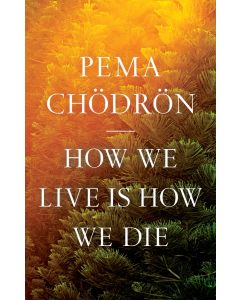 How We Live Is How We Die$21.95- Paperback
How We Live Is How We Die$21.95- Paperback -
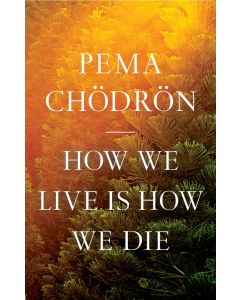 How We Live Is How We Die$24.95- Hardcover
How We Live Is How We Die$24.95- Hardcover -
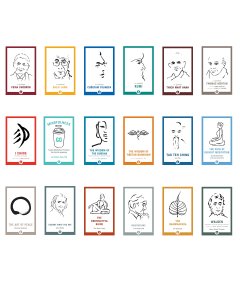 Shambhala Pocket Library Series
Shambhala Pocket Library SeriesStarting at $12.95
-
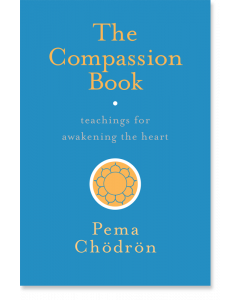 The Compassion Book$17.95- Paperback
The Compassion Book$17.95- Paperback

